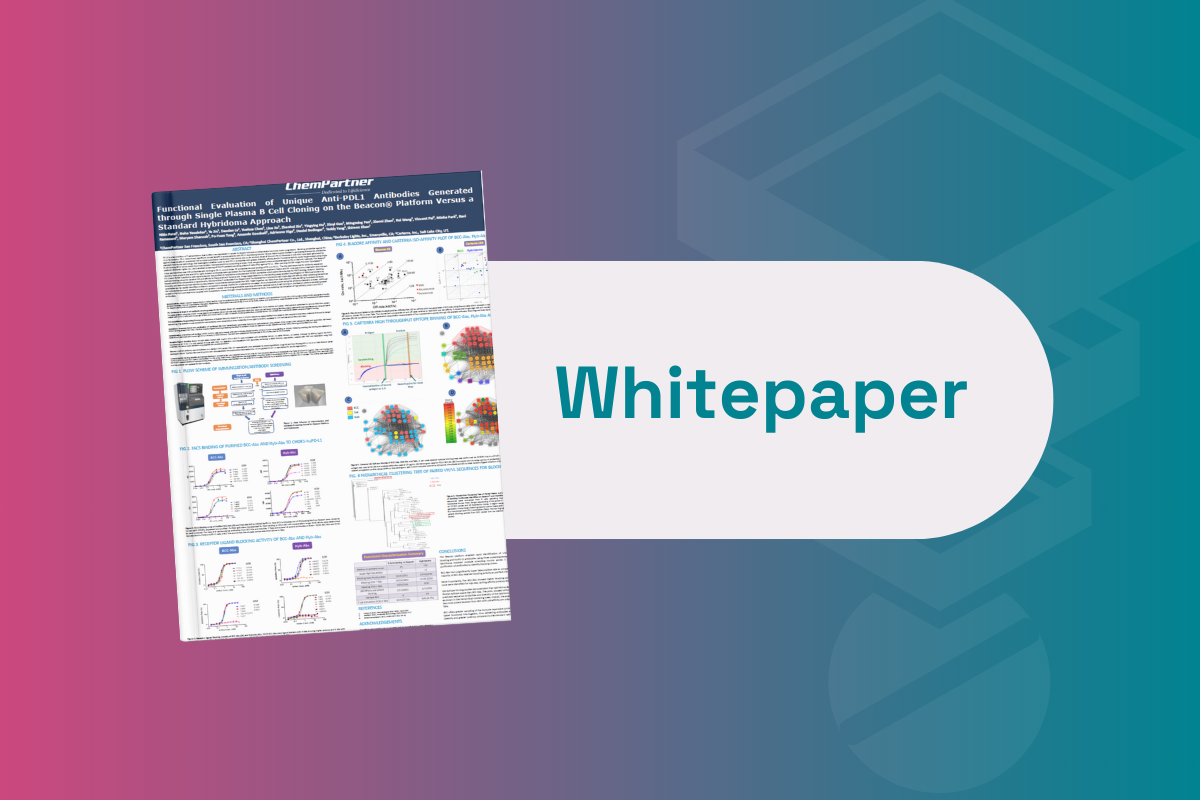NeuralPLexer2 - Has AlphaFold2 Met Its Match?

A recent press release from Iambic Therapeutics declared that its state-of-the-art protein structure predictor model, NeuralPLexer2, consistently outperformed AlphaFold2 regarding its ability to accurately predict global protein structure. On average, NeuralPLexer2 achieved a higher Template Modelling (TM) score than AlphaFold2. A TM score is a metric used to assess the topological similarity of protein structures.
AlphaFold2 is an AI system developed by DeepMind, that predicts a protein’s 3D structure from its amino acid sequence. This platform was hailed as revolutionary by key opinion leaders in the drug discovery field due to its unparalleled ability to predict protein structure. AlphaFold2 was able to predict the structure of over 300,000 proteins with high accuracy.
The Importance of Protein Structure
There are approximately 20 different amino acids in nature which combine in various sequences to make up the proteins found in the body. Cyrus Levinthal, a molecular biologist, and leading pioneer in protein prediction famously posited that there are 10300 possible conformational combinations for just one protein. Therefore, deciphering the 3D structure poses an immense challenge.
The 3D structure of a protein provides vital insight into the protein’s function. Therefore, determining these structures is key to understanding biological processes.
Furthermore, discerning the 3D structure of proteins and their interactions with host receptors gives researchers an understanding of how pathogens infect cells, evade immune response, and develop drug resistance. This facilitates the production of effective antiviral drugs and vaccines.
Related:
- Leading Perspectives on Using AI Tools to Drive Drug Design
- What is AlphaFold?
- AutoPrognosis, An Innovative Tool Used to Predict Lung Cancer Risk
Addressing Limitations
Despite its ground-breaking achievements, AlphaFold2 still faced several shortcomings. Notable limitations included challenges to accurately predict novel protein structures as well as predict ligand interaction and the consequential conformational changes they induce.
NeuralPLexer2 tackles this discrepancy: According to a report published by Nature Machine Intelligence, NeuralPLexer2 can directly and accurately predict protein-ligand complex structures, providing a valuable edge over AlphaFold2.
Tom Miller, CEO at Iambic Therapeutics further emphasised NeuralPlexer2’s achievements and stated, “We [Iambic Therapeutics] have set a new standard for predicting protein-ligand binding, directly generating 3D coordinates for full binding complexes, rapidly making available new reference structures while improving prediction for novel targets.”
Future Implications - Accelerating Drug Discovery
The introduction of NeuralPLexer2 marks a significant milestone in the field of protein prediction as well as the wider field of drug discovery. By accurately predicting protein-ligand interactions this could accelerate the design of enzymes and drug molecules. Typically scientists used to spend 2-3 years defining the 3D structure of a protein. Due to the emergence of technologies such as AlphaFold2 and NeuralPLexer2, this process now takes minutes.
Overall, NeuralPLexer2 could save pharmaceutical and biotechnology companies millions of dollars and accelerate the drug discovery process by streamlining processes such as drug design. Computational protein modelling methods could accelerate drug development by predicting the effects of existing medicine on new diseases.
This case study highlights that advancements in computational modelling continue to drive innovation in the field of drug discovery. NeuralPLexer2 stands poised to make a significant impact.







